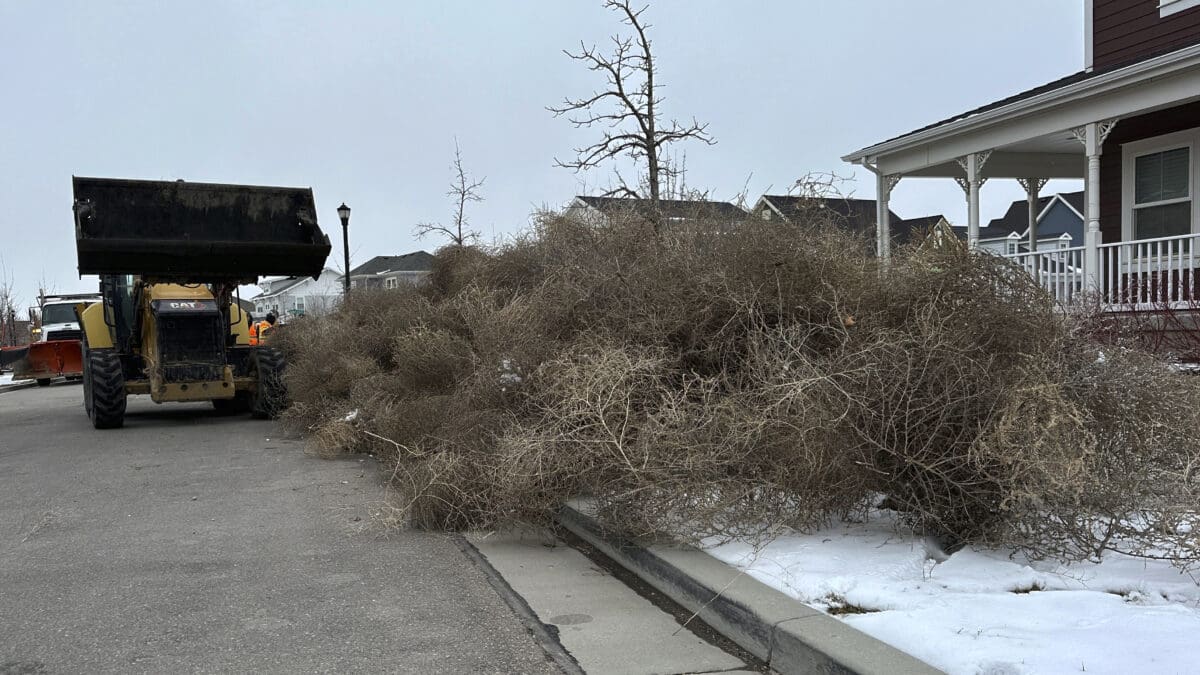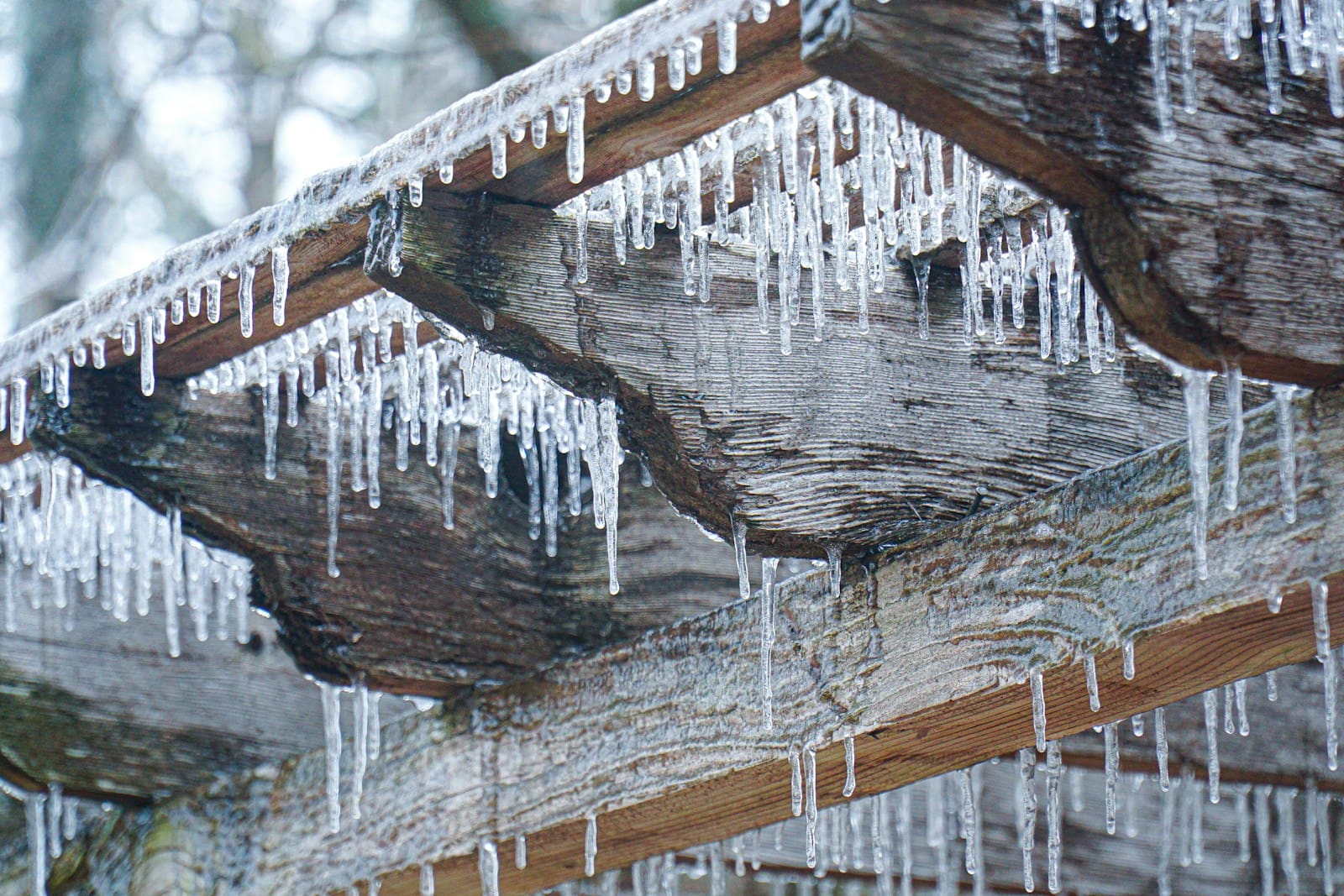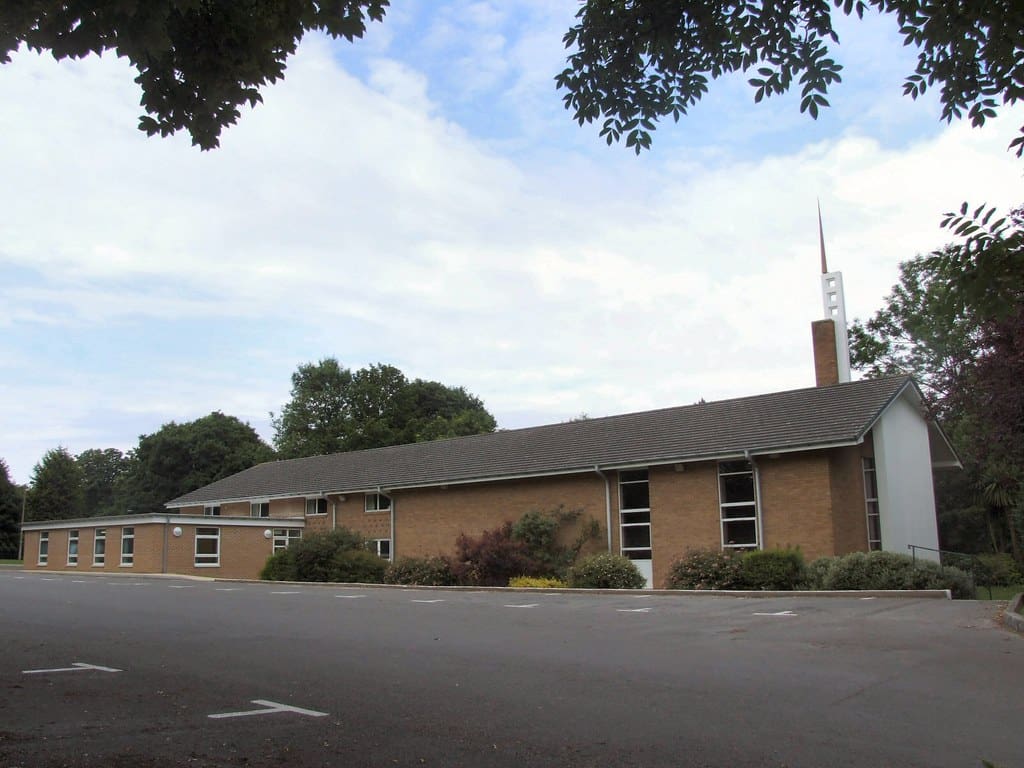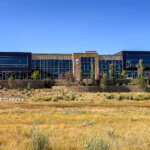Environment
WATCH: Iconic Old West tumbleweeds roll in and blanket parts of suburban Salt Lake City

City workers clean up tumbleweeds in South Jordan, Utah, on Tuesday, March 5, 2024. The suburb of Salt Lake City was inundated with tumbleweeds after a weekend storm brought stiff winds to the area. The gnarled icon of the Old West rolled in over the weekend and kept rolling until blanketing some homes and streets in suburban Salt Lake City. Photo: AP Photo/Brady McCombs
About 13 dumpster loads of tumbleweed were removed from the area
SOUTH JORDAN, Utah — The gnarled icon of the Old West — ominously featured in movies as gunslingers square off on dusty streets and townsfolk shake behind curtained windows — rolled in over the weekend and kept rolling until blanketing some homes and streets in suburban Salt Lake City.
Crews on Tuesday continued to plow, load and haul carcasses of twisted and dried tumbleweeds from neighborhoods in South Jordan, Utah, four days after scores of the beachball-sized plants were bounced in by heavy winds.
“People woke up Saturday morning and it looked like these huge walls had been erected made of tumbleweed,” said Dawn Ramsey, South Jordan’s mayor. “We had entire streets in some of our neighborhoods completely blocked. They wrapped around homes.”
Saturday’s tumbleweed takeover of South Jordan is not isolated, but it’s also not a fiendish plan by the invasive Russian thistle to conquer the western United States. Instead, the occurrences are due to combinations of seasonal wet and dry weather, the death cycle of the plants and strong gusts that propel them.
Native to southeastern Russia and western Siberia, the Russian thistle and other plants like it are believed to have been introduced into the U.S. by Russian immigrants as a contaminant in flax seed, according to a tumbleweed abatement program through the Los Angeles County Department of Agriculture.
They start out as live, green plants that soak up rainwater and grow. As the soil dries, the thistle dies and detaches from the root. The ball then is moved around by the wind and breezes.
“All through the night and through the early morning we had high winds,” said Chris Williams, who lives in South Jordan and used his aerial drone to take video and photos of the tumbleweed Saturday.
“They were gathering everywhere, under cars and trucks and trailers,” he said. “We’ve seen tumbleweed in the area before (but) that was an anomaly.”
Many people used shovels to remove the tumbleweed from in front of their homes, he added.
“I don’t think anybody was in real real harm,” said Williams, 65. “I still think you could walk through them if you had to. Tumbleweeds are not real heavy.”
Brett Chumley owns Mom’s Diner in Pahrump, Nevada. For visitors to the area, the sight of tumbleweed swarms are strange to see. Chumley said that for long-time residents of Pahrump, they are “just a normal occurrence.”
“When it rains the weeds grow like crazy,” he said. “With the last few years of rain, we have more plants and when it dries out they up and separate.”
Like many weeds, the thistle does really well in areas where the soil has been disturbed, says Erica Fleishman, an Oregon State University professor and director of the Oregon Climate Research Institute.
Places where there is “livestock grazing, agriculture, bare soil and not many native plant competition — land they can get a good foothold,” Fleishman said.
Little work has been done on what climate change means for the tumbleweed, she added.
But “climate change could lead to more areas of dry soil or barren soil where tumbleweed could take hold,” Fleishman said. “They’re highly flammable when they’re dried out.”
In 2014, mini-storms of tumbleweeds swamped the drought-stricken prairie of southern Colorado, blocking rural roads and irrigation canals, and briefly barricading homes and an elementary school. Parts of Victorville, California, nearly were buried in 2018 by the large balls of the dried weeds.
Ramsey said that three consecutive windy storms in 2021 also brought in tumbleweeds to South Jordan, but Saturday’s event “was something to behold.”
“I think every tumbleweed in the entire Salt Lake County made its way into South Jordan,” she said.
Crews nearly were complete with cleanup Tuesday afternoon as about 13 dumpster loads of tumbleweed had been taken to a landfill. No damage has been reported.
Tumbleweeds have become entrenched in western U.S. culture and how many people view the Old West. They also figure prominently in “Tumbling Tumbleweeds,” a song recorded by Sons of the Pioneers in the 1930s, said Brooks Hefner, professor of English at James Madison University.
“That song gives one of the biggest metaphors that the tumbleweed is like the version of a drifter,” Hefner said. “The lyrics identify the singer with the drifting tumbleweed, rolling through these empty western spaces. That visual dimension of the rolling tumbleweed through desert space is so poetic.”
BY COREY WILLIAMS



















